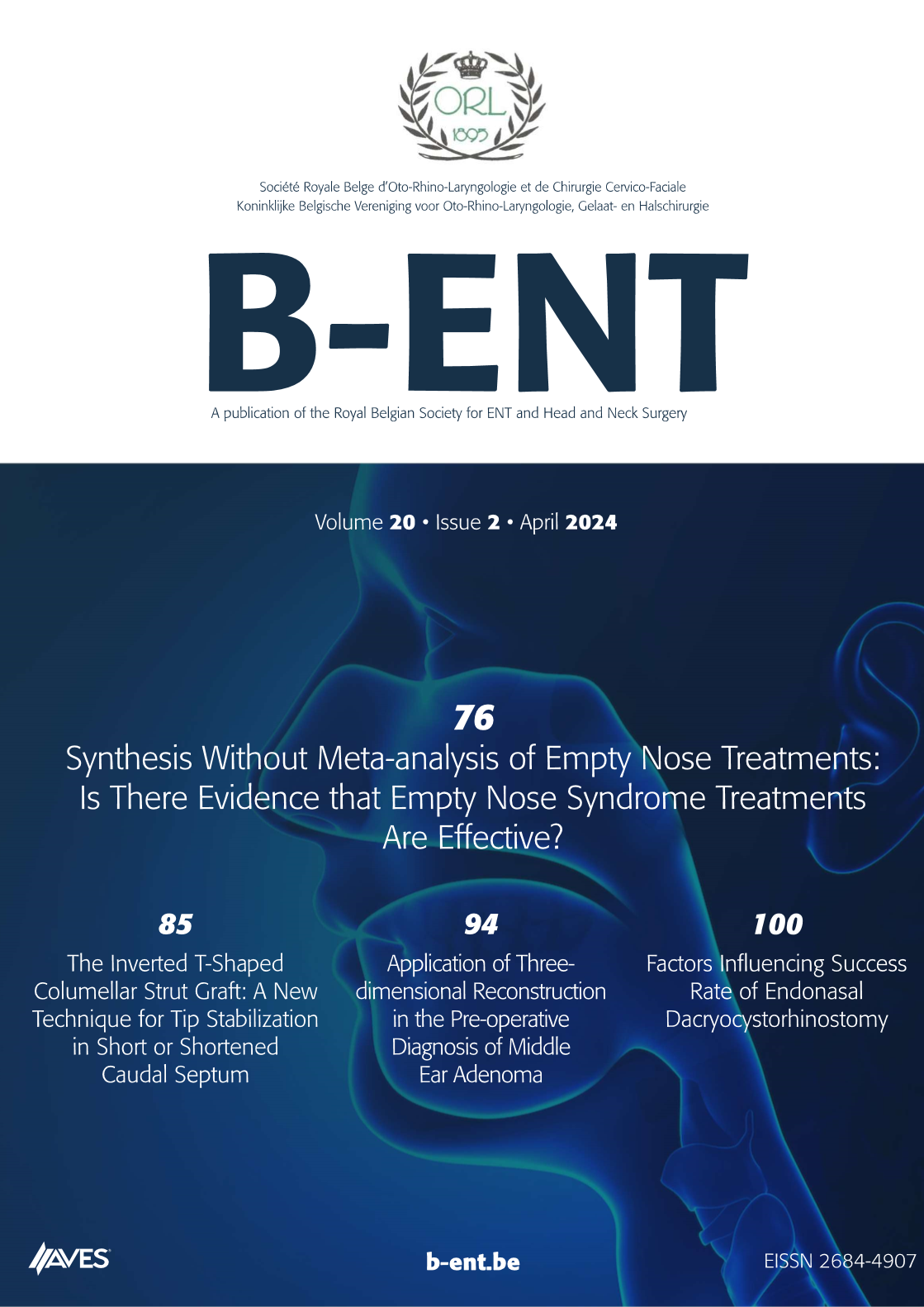Purpose: The success of stone removal with sialendoscopic lithotripsy in the management of lithiasis-related obstructive sialoadenitis has been reported, but the proper management for patients with non-lithiasis obstructive sialoadenitis remains unclear. This study aims to report experiences in sialendoscopy for the management of obstructive sialoadenitis with and without the presence of stones.
Methods: Data from 71 procedures in 66 patients who underwent sialendoscopy for obstructive sialoadenitis were recorded and compared in terms of clinical data, computed tomography (CT) findings, procedural techniques and outcomes.
Results: The overall specificity rate of CT for detecting sialolithiasis was 91.6%. The complete remission rate was 100% for patients with confirmed sialolithiasis successfully treated with stone removal after endoscopic lithotripsy. For patients with non-sialolithiasis obstructive sialoadenitis of the submandibular gland, the complete remission rate dropped to 22% if no additional treatments were done after a diagnostic sialendoscopy. If sialostents were inserted, the complete remission rate increased to 55%. However, this improvement was very limited in terms of the overall management of the affected parotid gland.
Conclusion: For patients with obstructive sialoadenitis and salivary gland stones, removal of the stones under sialendoscopy will most likely provide complete remission. Patients without stones have much worse treatment outcomes compared to those with true sialolithiasis. Sialostent placement may have the potential to.



.png)
